Spring Cloud中使用Eureka来做服务注册和发现,来统一管理微服务实例。
1.使用IDEA创建一个空的Maven项目做父模块
(也可以不用父项目,所有模块都用平行结构)
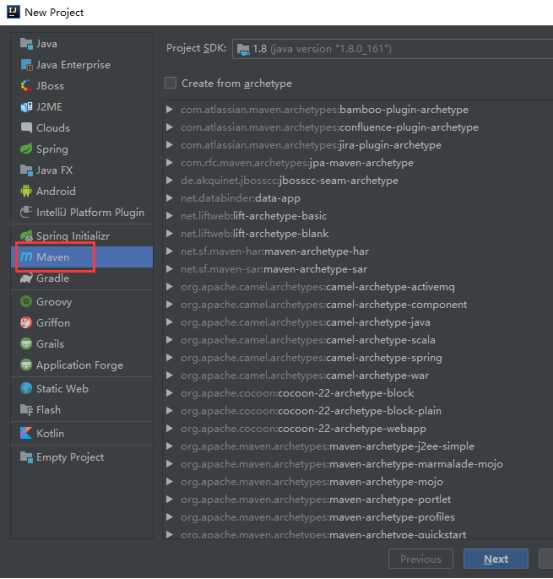
删除父模块src文件夹
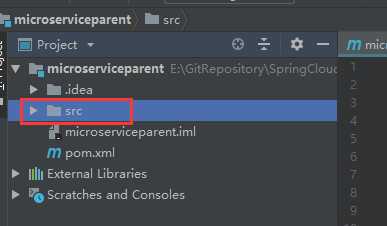
可使用Spring Initializr来创建模块或者创建Maven项目手动添加依赖
2.使用Spring Initializr创建Eureka Server
选择SDK 1.8
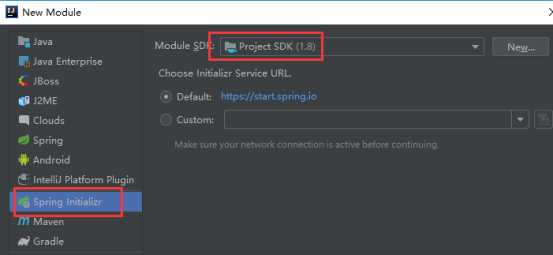
Artifact填写对应模块的名称
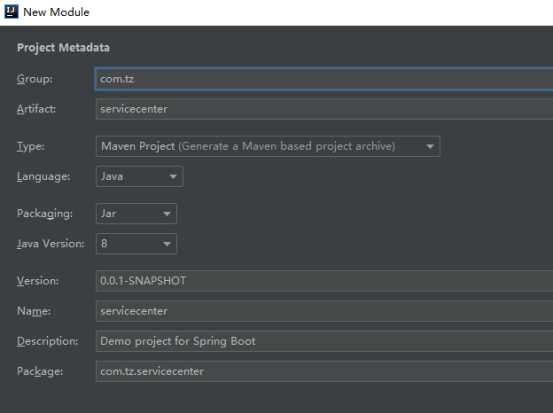
依次选择Cloud Discovery->Eureka Server,Spring Boot默认选择的是2.0.4
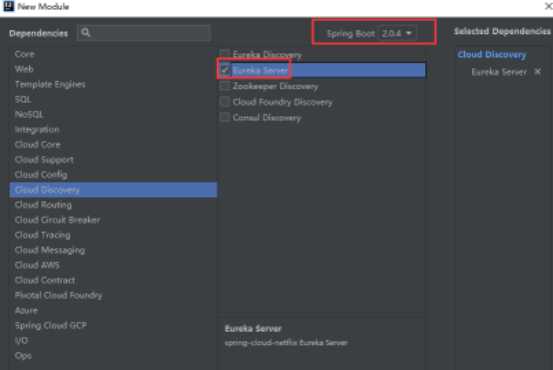
可以参考Spring Cloud官方对应的Spring Cloud版本对应组件的版本,可以看到Finchley.SR1对应的是Spring Boot 2.0.4.RELEASE版
https://projects.spring.io/spring-cloud/
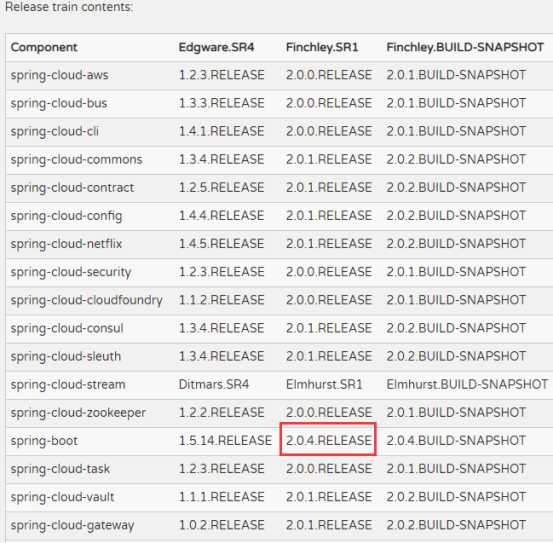
创建好后会还原Maven项目的依赖,需要一段时间。
2.1配置Eureka Server注解
还原成功后会生成一个模块名称+Application的启动类,在类名上加上@EnableEurekaServer注解用来申明这是个Eureka服务器

2.2配置Eureka Server配置文件
配置文件可参考号官方文档,找到对应的Spring Cloud版本,点击Reference。
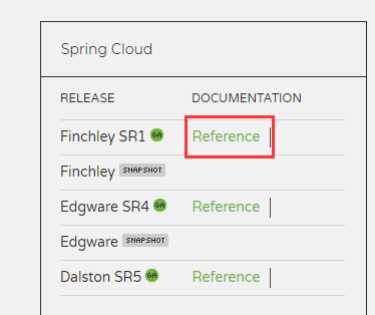
搜索找到Standalone Mode单机模式
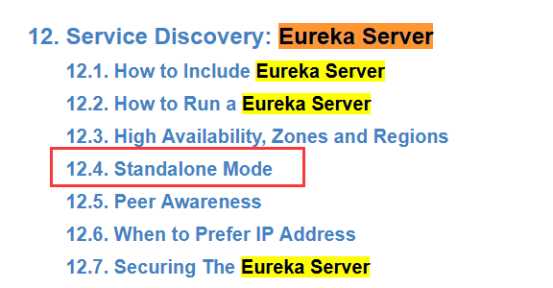

将项目中的application.properties后缀名改为yml,把application.yml的配置文件内容复制到项目中。
port为服务的端口,可以自定义,我这里把端口改为了8881
idea使用Debug启动成功后,在浏览器输入:http://localhost:8881/ 有一下内容则说明该服务启动成功。
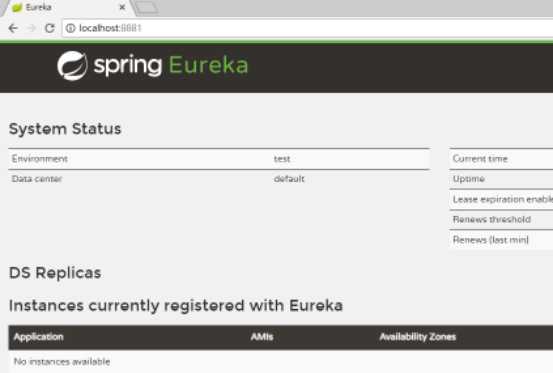
3.使用Maven项目创建Eureka Server
创建一个空的Maven项目,在父模块创建的会自动选中父模块

将项目中的pom文件parent节点全部删除,到Spring Cloud官网复制Maven项目的依赖相关内容到pom文件的project节点下
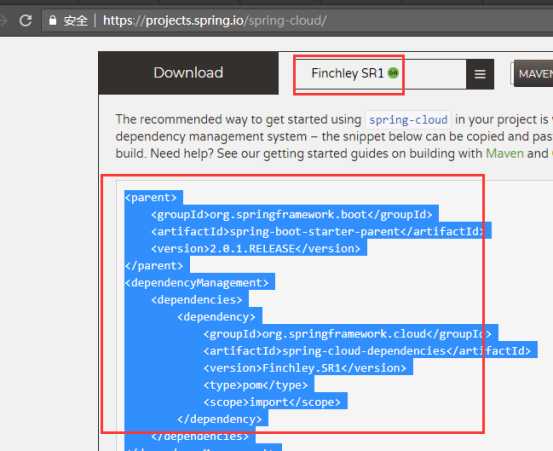
官网的依赖文件是Eureka客户的依赖,把dependencies节点下的依赖都删除
添加Eureka Server的依赖:
<dependency> <groupId>org.springframework.cloud</groupId> <artifactId>spring-cloud-starter-netflix-eureka-server</artifactId> </dependency>
再添加Spring Cloud版本属性
<properties> <project.build.sourceEncoding>UTF-8</project.build.sourceEncoding> <project.reporting.outputEncoding>UTF-8</project.reporting.outputEncoding> <java.version>1.8</java.version> <spring-cloud.version>Finchley.SR1</spring-cloud.version> </properties>
在resources文件夹中添加application.yml文件,并设置为资源根目录,配置文件内容和第一一样,改下端口为:8882

新建启动类(项目名+Application.java),写一个main方法启动Spring Boot程序,并加上Eureka Server的注解

配置Spring Boot启动配置项

选择对应的启动类
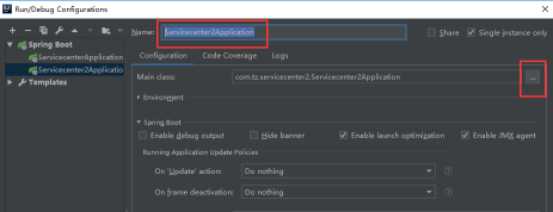
启动该模块,成功后再浏览器输入:http://localhost:8882/,使用Maven创建的Eureka Server项目也成功启动了
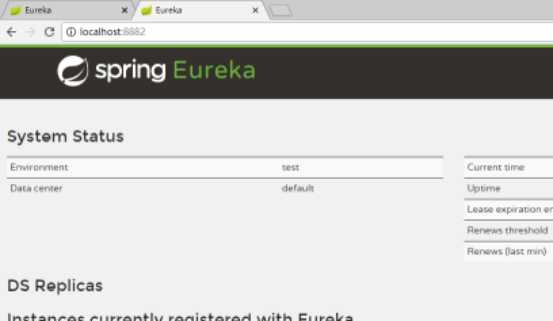
4.创建Eureka Server集群
集群的作用是一个服务复制多份实例,当某一个实例挂掉后不至于影响整个系统,Eureka Server集群中的每个实例都是相互复制来保障所注册的服务一致。
实际生产环境中只要有一个Eureka Server通过不同的实例对应配置不同的端口来实现,为方便演示,我这里创建集群就采用刚刚创建的两个不同的Eureka Server来做。
在官方文档中搜索:Peer Awareness
http://cloud.spring.io/spring-cloud-static/Finchley.SR1/single/spring-cloud.html#spring-cloud-eureka-server-peer-awareness
找到对应的集群配置
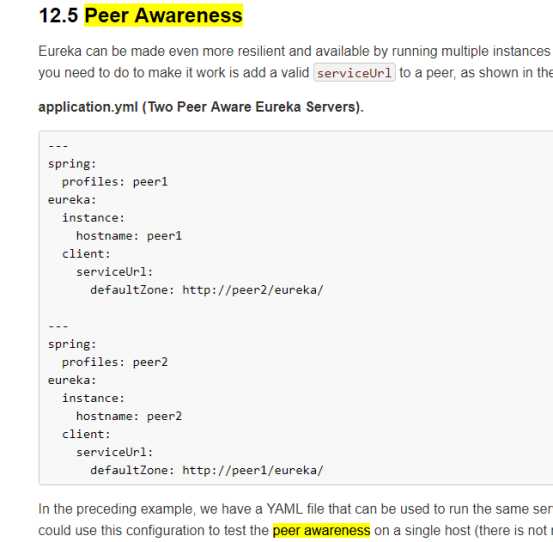
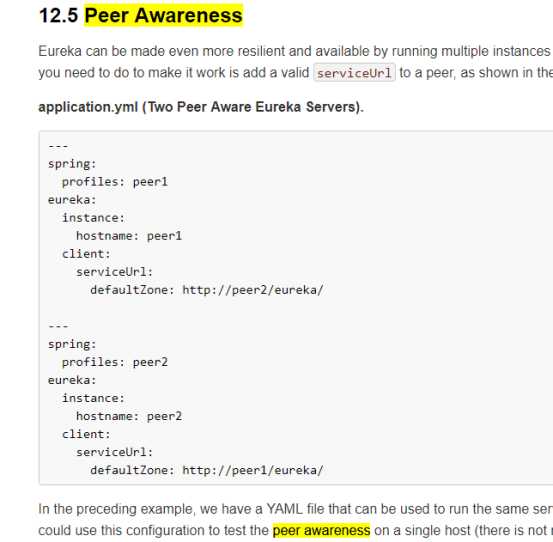
修改Host文件,添加 127.0.0.1 peer1 peer2,并将服务名设置一样
服务1配置:
server:
port: 8881
eureka:
instance:
hostname: peer1
client:
registerWithEureka: true #把自身当做客户端注册到其他Eureka服务器
fetchRegistry: true #在本地缓存所有实例注册信息
serviceUrl:
#defaultZone: http://${eureka.instance.hostname}:${server.port}/eureka/
#设置与Eureka Server交互的地址,查询服务和注册服务都需要依赖这个地址。
##指向另一个注册中心
defaultZone: http://peer2:8882/eureka/
spring:
#profiles: peer1 #没做环境配置,注释掉
application:
name: tmsapi-discovery-server
服务2配置:
server:
port: 8882
eureka:
instance:
hostname: peer2
client:
registerWithEureka: true #把自身当做客户端注册到其他Eureka服务器
fetchRegistry: true #在本地缓存所有实例注册信息
serviceUrl:
#defaultZone: http://${eureka.instance.hostname}:${server.port}/eureka/
#设置与Eureka Server交互的地址,查询服务和注册服务都需要依赖这个地址。
##指向另一个注册中心
defaultZone: http://peer1:8881/eureka/
spring:
#profiles: peer2 #没做环境配置,注释掉
application:
name: tmsapi-discovery-server
启动两个服务,成功浏览器输入:http://peer1:8881/ 和http://peer2:8882/,同一个Application中就有两个实例了
peer1:
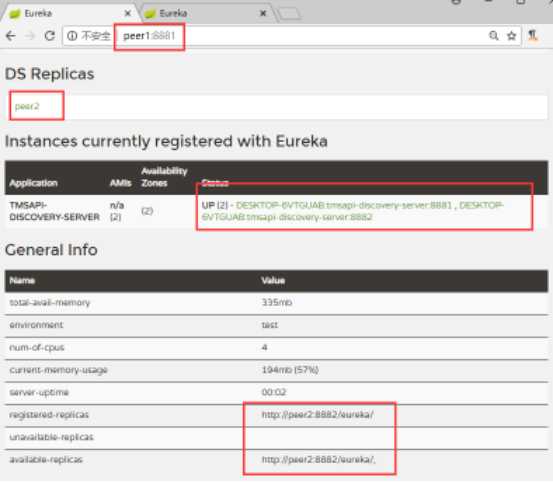
peer2:
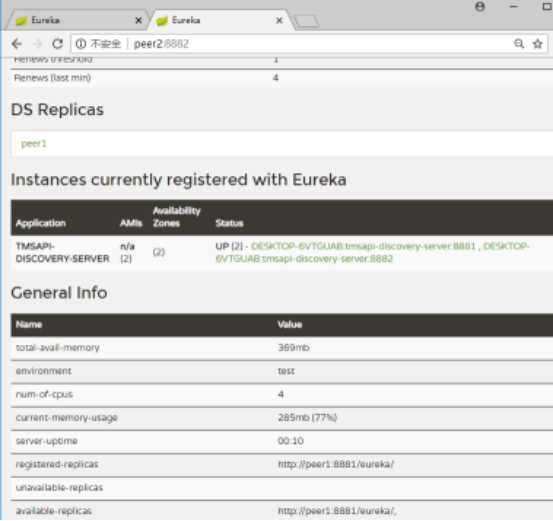
至此Eureka Server集群就搭建成功了。
Eureka相关资料:
https://blog.csdn.net/neosmith/article/details/53131023
原文:https://www.cnblogs.com/townsend/p/9519741.html